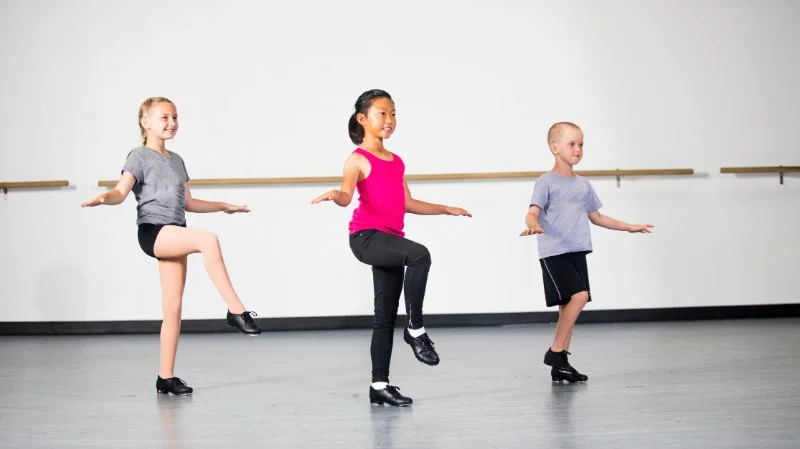
The History of Tap Dance Every Dancer Should Know
- 1. The Origins of Tap Dance
- 2. The Evolution of Tap Dance Styles
- 3. Influential Figures in Tap Dance History
- 4. The Cultural Impact of Tap Dance
- 5. Modern Tap Dance: Keeping the Tradition Alive
1. The Origins of Tap Dance
Tap dance traces its origins to the early 19th century, where it began as a fusion of African and Irish step dancing. African slaves brought their rhythm-based dance forms to America, while Irish immigrants contributed their traditional jig movements. The combination of these cultures gave rise to the energetic and intricate footwork that we now recognize as tap dancing. The use of hard shoes and percussive steps made it distinct, as dancers began to "tap" their feet against wooden floors, creating a unique sound.
2. The Evolution of Tap Dance Styles
As tap dance evolved through the 20th century, different styles emerged, each influenced by cultural and musical trends. In the early days, tap was seen in minstrel shows, vaudeville performances, and Broadway musicals. The rhythm and footwork continued to develop, with jazz and swing music playing a major role in shaping tap’s signature rhythms. Today, tap dance has expanded into various substyles, such as rhythm tap, Broadway tap, and post-modern tap, blending classical elements with innovative choreography.
3. Influential Figures in Tap Dance History
Throughout history, many legendary dancers have influenced the growth and popularity of tap. Figures like Bill "Bojangles" Robinson, Fred Astaire, and Gene Kelly brought tap to the mainstream, starring in films and television shows. These dancers’ unique performances helped elevate tap from a street dance to a respected art form. Today, dancers like Savion Glover and Michelle Dorrance continue to keep tap alive, pushing the boundaries of the dance with new techniques and performances.
4. The Cultural Impact of Tap Dance
Tap dance has not only influenced the world of dance but also had a profound impact on American culture. During the Harlem Renaissance, tap became a means of expression for African American communities, representing both struggle and triumph. The rhythmic complexity of tap dancing resonated with the soul of jazz and blues, creating a bridge between dance and music. Tap also played a role in the integration of African Americans into mainstream entertainment, especially during the early and mid-20th century.
5. Modern Tap Dance: Keeping the Tradition Alive
In the modern world, tap dance continues to evolve. New generations of dancers are incorporating technology, film, and theater into tap performances, blending traditional techniques with contemporary movements. Tap dance classes and competitions are thriving globally, and there is a growing community of artists who are pushing the boundaries of what tap can be. Whether through innovative tap performances on Broadway or modern dance videos, tap is continuously being redefined. The American Dance Academy, for example, provides comprehensive training in tap for dancers of all levels, ensuring the tradition lives on for future generations.
To explore more about tap dancing and other dance forms, check out American Dance Academy for classes, workshops, and expert advice.

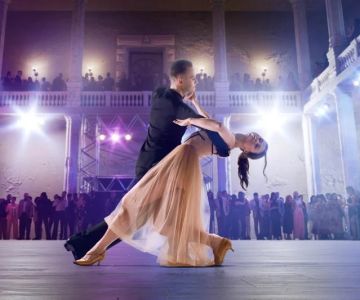
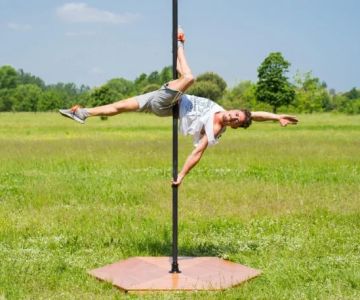
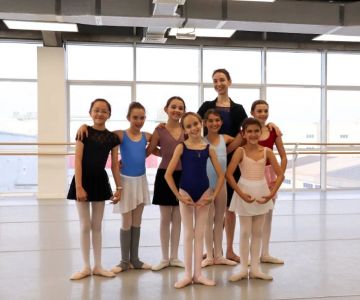

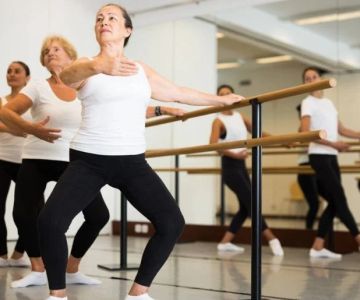
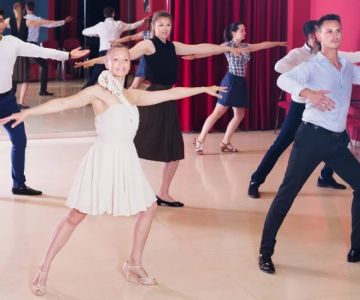
 Barrington Dance Academy5.0 (22 reviews)
Barrington Dance Academy5.0 (22 reviews) Canyon Concert Ballet4.0 (17 reviews)
Canyon Concert Ballet4.0 (17 reviews) Big City Dance Center LLC4.0 (25 reviews)
Big City Dance Center LLC4.0 (25 reviews) Tye Chua Dance & Kalamazoo Ballet5.0 (18 reviews)
Tye Chua Dance & Kalamazoo Ballet5.0 (18 reviews) Fenton Ballet Theatre4.0 (24 reviews)
Fenton Ballet Theatre4.0 (24 reviews) Front Street Dance Center5.0 (7 reviews)
Front Street Dance Center5.0 (7 reviews) Are There Dances in Middle School? What Students and Parents Should Know
Are There Dances in Middle School? What Students and Parents Should Know How a Dance School in Instagram Builds Community and Success
How a Dance School in Instagram Builds Community and Success Why Do Schools Teach Square Dancing?
Why Do Schools Teach Square Dancing?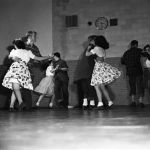 Why Was Square Dancing Taught in School?
Why Was Square Dancing Taught in School? Why Swing Dance Is Popular for Adults
Why Swing Dance Is Popular for Adults A School Dance: How to Prepare, Shine, and Make It Unforgettable
A School Dance: How to Prepare, Shine, and Make It Unforgettable